Earthquake occurred just around 50 km from high concentration of nuke plants
#earthquake #nuclear_safety #Civic_Action_against_nuclear_power #Korea
As government pushes to build more reactors in densely populated area, civic groups seeking tighter safety checks
|
|
|
Capable fault lines and nuclear reactors in Busan, Ulsan, South Gyeongsang. Data: Korea Hydro & Nuclear Power Co.
|
The epicenter of the 5.0-magnitude earthquake that occurred in waters off the coast of Ulsan on the evening of July 5 was only 50 or 60 kilometers away from the Kori and Shin Kori and the Wolsong nuclear power complexes, which are the greatest concentration of nuclear power plants in the world. The proximity of the earthquake to these nuclear plants is increasing concerns about the safety of South Korea’s nuclear power industry. Given studies that suggest the Korean Peninsula is vulnerable to earthquakes up to 7.5 in magnitude, there are calls for the nuclear reactor safety standards to be strengthened.
“The earthquake that occurred in waters east of Ulsan on July 5 is believed to have been caused by a 1-kilometer break in a strike-slip fault at a depth of 10 kilometers,” the Korea Meteorological Administration and the Korea Institute of Geoscience and Mineral Resources (KIGAM) announced on July 6.
“Earthquakes frequently occur in the waters off Ulsan, but you couldn’t say that this earthquake resulted from specific conditions,” said Seon Chang-guk, KIGAM’s chief of earthquake disaster research.
“For a big earthquake to occur, there has to be a series of smaller earthquakes along a certain fault line. Since we are not seeing a linear alignment in the earthquakes occurring around the epicenter, this should not be taken as a sign of a bigger earthquake,” said Ji Heon-cheol, chief of KIGAM’s seismic research center.
But given repeated studies showing that the strongest earthquake that can occur on the Korean Peninsula would have a magnitude of 7.5, the possibility of a major earthquake cannot be ruled out.
In 2001, Kim Seong-gyun, professor emeritus at Chonnam National University, estimated that the greatest possible earthquake on the Korean Peninsula would have a magnitude of 7.14±0.34. In 2014, Hong Tae-gyeong, a professor of earth system science at Yonsei University, made an estimate of 7.45±0.04.
“Since Korea is located where the neighboring tectonic plates are pushing along an east-west axis, there have always been a large number of capable faults,” said Oh Chang-hwan, a professor of earth and environmental science at Chonbuk National University. “It takes longer for the Eurasian Plate to build up energy than in Japan, but that doesn‘t mean that a large earthquake couldn’t occur.”
Studies show that about 60 capable faults are distributed around Busan, Ulsan and Gyeongju – which also happens to be where a total of 16 nuclear reactors are concentrated (including reactors that are planned but not yet built).
The epicenter of the earthquake that just occurred near Ulsan is 51 kilometers away from the Wolsong nuclear plant, where six nuclear reactors and a waste disposal facility are in operation. The epicenter is also 65 kilometers from the Kori and Shin Kori nuclear power complexes, where six nuclear reactors (including Kori No. 1) are currently running and where four more reactors are supposed to be built.
There are only 11 sites (6%) in the world where six or more nuclear reactors are clustered together, and all of South Korea‘s nuclear reactors are located in this area.
“These nuclear reactors, which are located in the part of the Korean Peninsula with the most frequent earthquakes and the greatest distribution of capable faults, are designed to withstand earthquakes up to the 6.5- to 6.9-magnitude range. But that’s 20 to 30 times weaker than the seismic energy in a 7.5-magnitude earthquake, which is the greatest expected magnitude,” said Yang-Lee Won-yeong, who leads the energy and climate team at the Korean Federation for Environmental Movement.
A team of researchers from the Korea Institute of Ocean Science and Technology published an article in the June issue of “Geosciences Journal” contending that the Ilgwang Fault, located near the Shin Kori reactor, is connected to a capable fault off the coast of Busan, which means that it might be a large-scale capable fault.
“The earthquake-proof values refer to the Richter-scale magnitude that the reactors are designed to withstand assuming that the earthquake occurs 10km immediately below them. Considering that there is virtually no chance of an earthquake occurring immediately below the reactors, the current earthquake-proof design is at a very high level,” said Cho Seok-jin, press liaison with Korea Hydro & Nuclear Power (KHNP).
On Wednesday, civic groups from the Busan and Ulsan areas called for a complete and thorough assessment of the safety of nuclear plants and demanded that the Nuclear Safety and Security Commission revoke its approval for plans to build Reactors No. 5 and No. 6 at the Shin Kori complex in Eulju County, part of the Ulsan metropolitan area.
“The Nuclear Safety and Security Commission and the Korea Institute of Nuclear Safety either excluded capable faults from the earthquake risk assessment or failed to even investigate them when they allowed Wolsong No. 1 to be restarted and when they approved the construction of Shin Kori No. 5 and No. 6,” said two civic groups called Busan Civic Solidarity Against Nuclear Power and Ulsan Joint Civic Action Against Nuclear Power.
Rep. Kim Jong-hun and Rep. Yun Jong-oh, independent lawmakers who represent Ulsan in the National Assembly, also issued a joint statement in which they demanded that a detailed investigation of undersea faults be carried out immediately. “Geologists believe that this earthquake occurred on the Tsushima-Goto Fault, which is an capable fault, and that a bigger earthquake could occur there,” the two lawmakers said.
By Lee Keun-young, senior staff writer, Kim Kyu-won, staff reporter, Kim Young-dong and Sin Dong-myeong, Ulsan correspondents
Please direct questions or comments to [english@hani.co.kr]
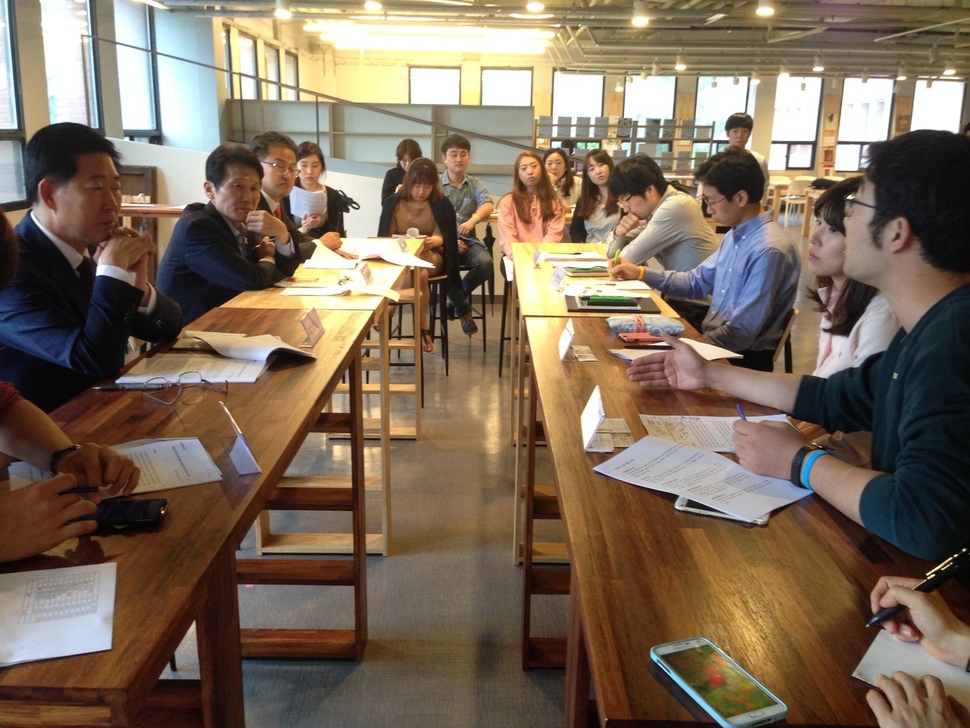

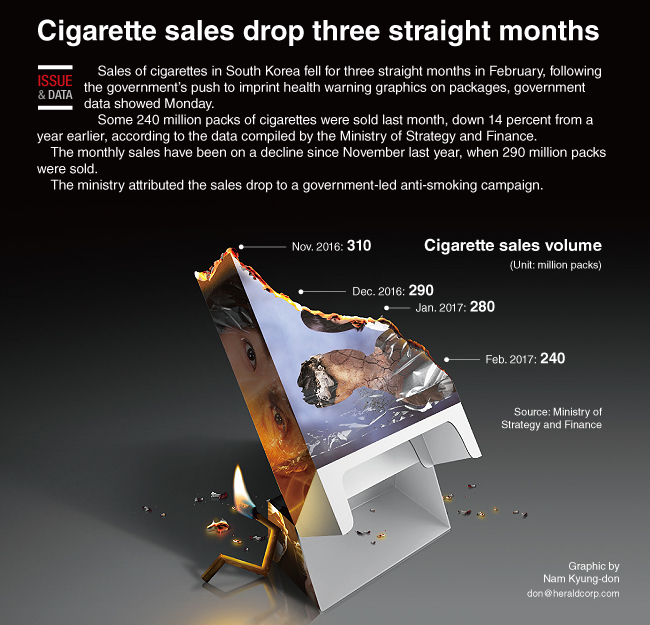
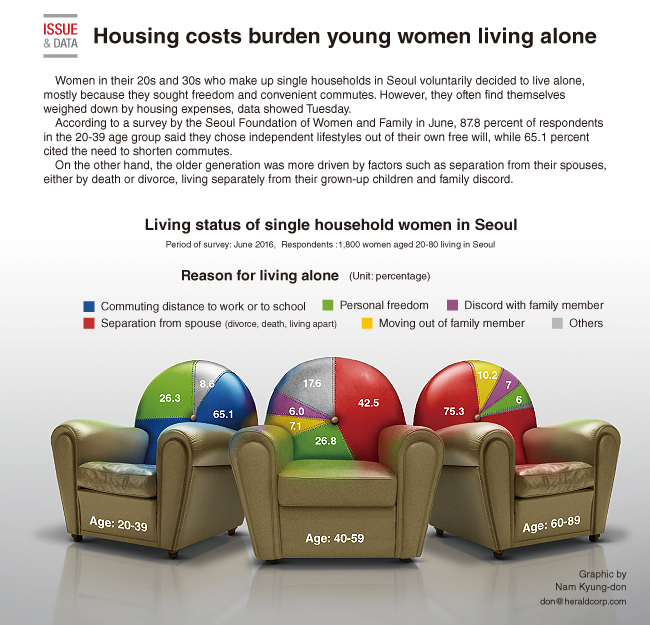
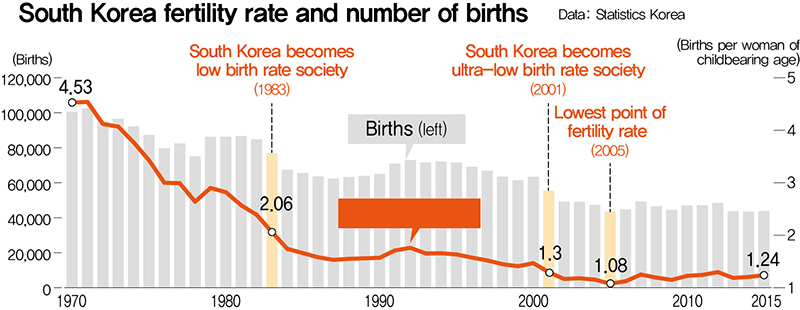
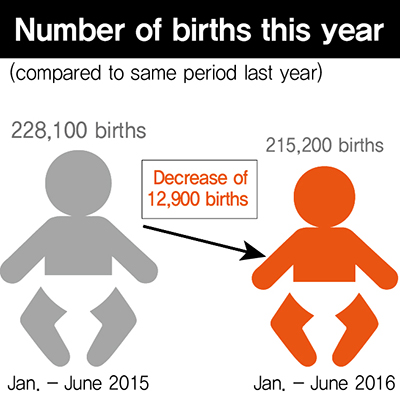
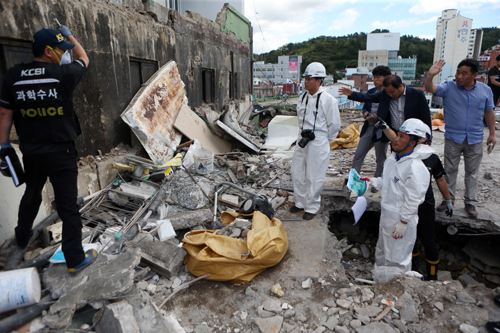

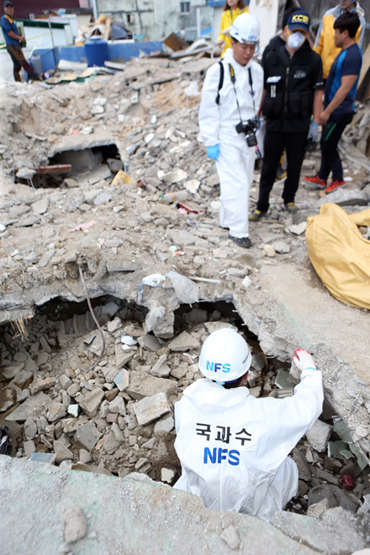

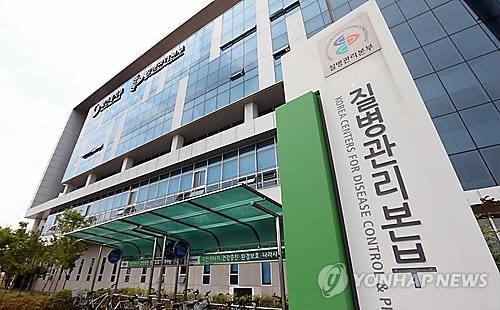
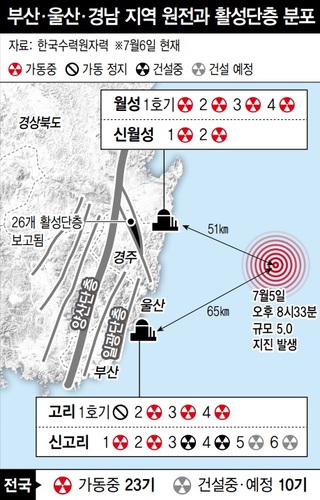
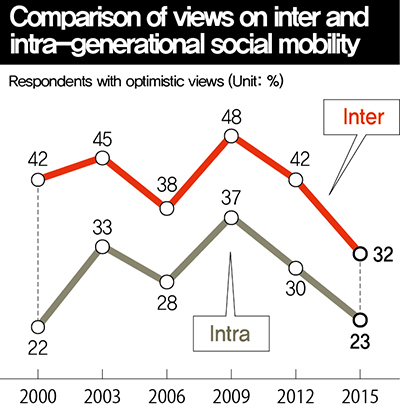
 A Screen Door, Now a Door of Memories: On May 31, notes and chrysanthemums are posted next to the screen door 9-4 in the platform at Guui Station, line 2 of the Seoul Metro. Citizens continue to visit this site, where a nineteen-year-old temporary worker died on duty. Kim Chang-gil
A Screen Door, Now a Door of Memories: On May 31, notes and chrysanthemums are posted next to the screen door 9-4 in the platform at Guui Station, line 2 of the Seoul Metro. Citizens continue to visit this site, where a nineteen-year-old temporary worker died on duty. Kim Chang-gil